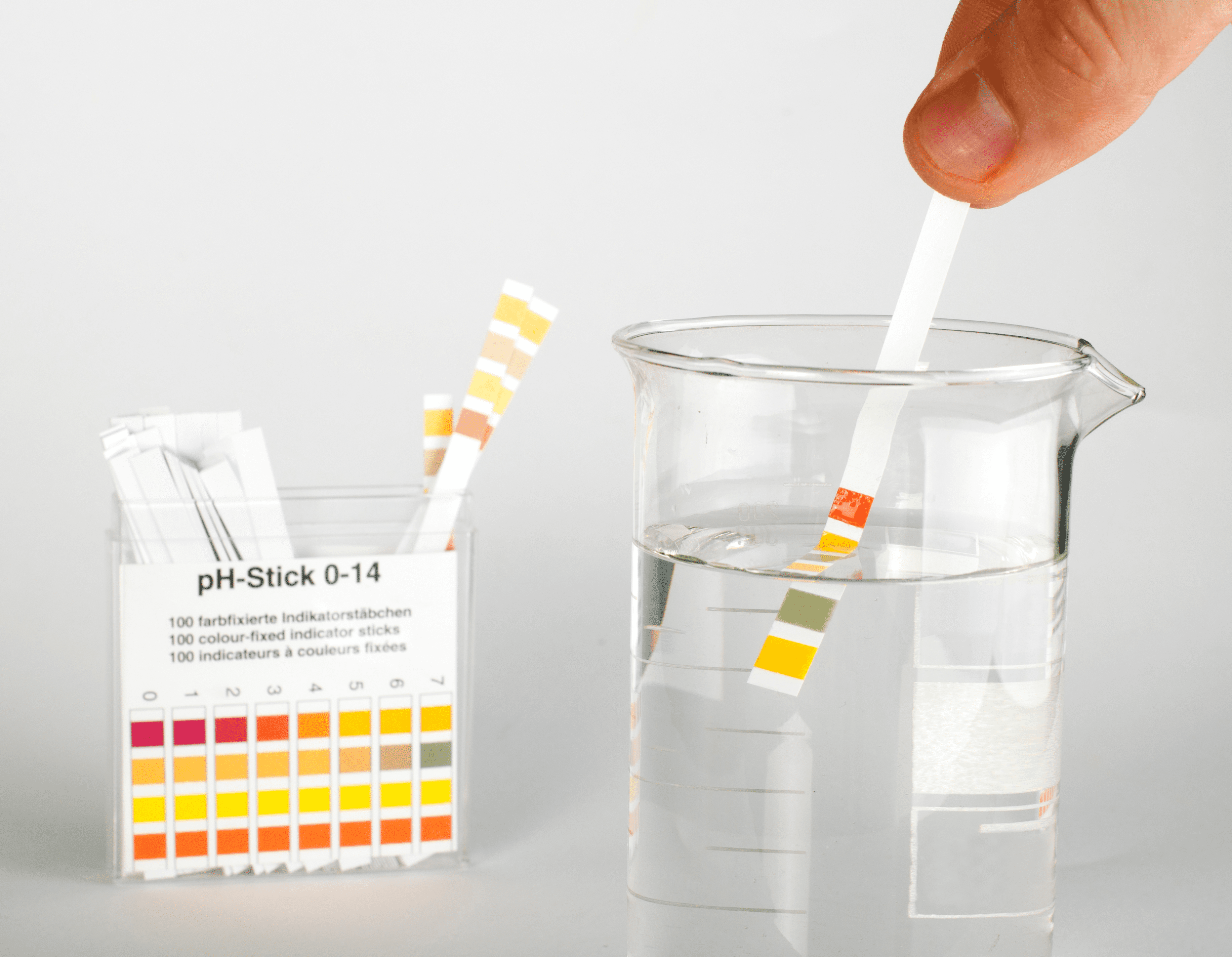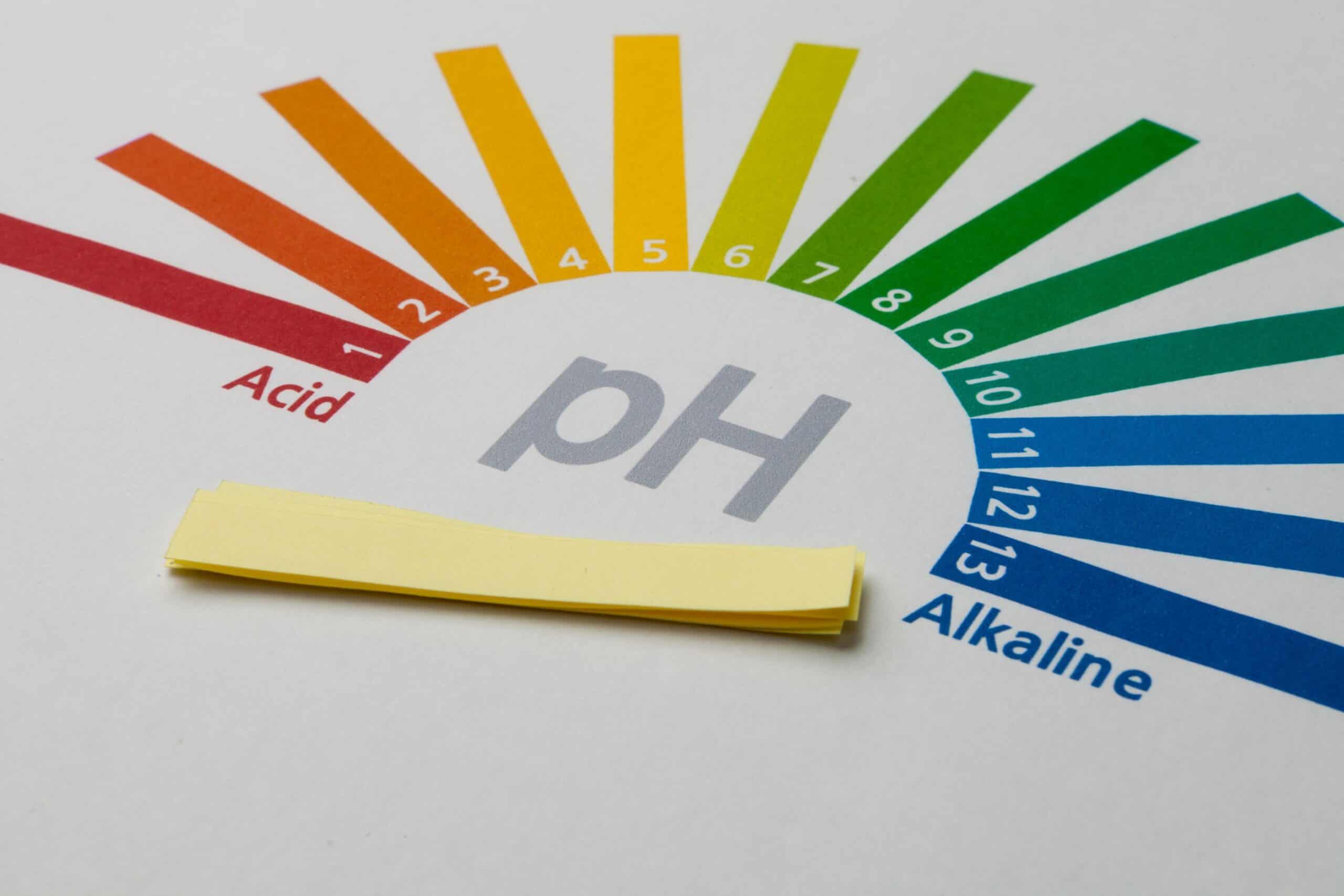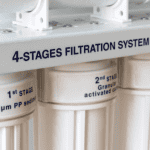Reverse osmosis (RO) water has been a buzzword in the world of water filtration for years, but what exactly is the pH of reverse osmosis water and why is it important?
The Science Behind Reverse Osmosis
Reverse osmosis is a filtration process where water is forced through a semi-permeable membrane, trapping contaminants and producing purified water. The pH of RO water is determined by the type of contaminants removed, the quality of the membrane, and the pH of the water before filtration.
The Neutral pH of Reverse Osmosis Water
Typically, reverse osmosis water has a pH of 7, which is considered neutral. This is because the RO process removes both acidic and alkaline substances, resulting in a balanced pH. However, the exact pH of RO water can vary slightly based on the source water and the specific RO system used.

The Benefits of Neutral pH Reverse Osmosis Water
A neutral pH is important for several reasons. Firstly, it helps to maintain a healthy balance in the body, as consuming water with a pH that is too acidic or alkaline can disrupt the natural pH levels in the body. Secondly, neutral pH RO water is less likely to corrode pipes and fittings, providing a longer lifespan for your filtration system.
How Does the pH of Reverse Osmosis Compare to Tap Water, Well Water, and Other Filtered Water?
The pH of reverse osmosis water can vary greatly depending on the source and treatment of the water it is filtering.
- Tap Water: The pH of tap water can vary greatly depending on the location and water treatment methods. Some tap water can be highly alkaline, while others may be acidic.
- Well Water: The pH of well water can also vary greatly, with some wells producing water that is naturally alkaline, while others are acidic.
- Other Filtered Water: The pH of other filtered water, such as bottled water or water filtered through an activated carbon filter, can also vary greatly.
In comparison, reverse osmosis water is typically neutral in pH, with a pH range of 6.5-7.5. This makes it a great option for those who are looking for water with a balanced pH, free of contaminants and impurities.
It is important to understand the pH of your water, no matter the source, as the pH can affect the taste and overall health benefits of the water. By regularly testing and treating your water, you can ensure you are getting the best possible quality for your health and well-being.
What’s the pH Level of Different Types of Drinking Water?
The pH level of drinking water can vary greatly depending on the source and treatment of the water. Here are some of the most common types of drinking water and their typical pH levels:
- Tap Water: The pH of tap water can range anywhere from 6.5 to 9.0, depending on the location and water treatment methods. Some tap water can be highly alkaline, while others may be acidic.
- Well Water: The pH of well water can range from 6.0 to 8.5, with some wells producing water that is naturally alkaline, while others are acidic.
- Distilled Water: Distilled water has a neutral pH of 7.0, as it is free of minerals and impurities.
- Bottled Water: The pH of bottled water can vary greatly, with some brands offering alkaline water and others offering water with a neutral pH.
- Filtered Water: The pH of filtered water, such as water filtered through an activated carbon filter, can also vary greatly. Some filters can remove minerals and impurities that alter the pH, while others may leave them in.
- Reverse Osmosis Water: Reverse osmosis water is typically neutral in pH, with a pH range of 6.5-7.5. This makes it a great option for those who are looking for water with a balanced pH, free of contaminants and impurities.
It is important to understand the pH of your drinking water, as the pH can affect the taste and overall health benefits of the water. By regularly testing and treating your water, you can ensure you are getting the best possible quality for your health and well-being.

Is Reverse Osmosis Water Safe to Drink?
Reverse osmosis water is safe to drink, as the filtration process removes a range of contaminants, including bacteria, viruses, and chemicals. However, it is important to note that RO water can remove essential minerals from the water, so it is recommended to either consume mineral-rich foods or consider a water filtration system that adds back essential minerals.
How to Test the pH of Reverse Osmosis Water
Measuring the pH of your reverse osmosis water is a simple process that can be done with a few household items or specialized equipment. The most common methods include:
- pH Strips: pH strips are a quick and easy option for testing the pH of your RO water. Simply dip a strip into a glass of RO water and compare the color change to the provided color chart.
- Digital pH Meters: For a more accurate reading, a digital pH meter can be used. These meters are available for purchase online or at a local water filtration store and provide a digital reading of the pH level in the water.
It is important to regularly test the pH of your RO water to ensure it remains neutral and to detect any changes that may indicate a problem with your filtration system.
The Importance of Proper Maintenance for Reverse Osmosis Systems
A reverse osmosis system is an investment in the health and quality of your water. To ensure it continues to perform at its best, proper maintenance is essential. This includes:
- Regular Membrane Cleaning: Over time, the RO membrane may become clogged with debris, affecting the performance of the system and potentially altering the pH of the water. Regular cleaning helps to ensure the membrane remains in good working condition.
- Filter Replacements: RO filters should be replaced every 1-2 years, depending on usage and water quality. Failing to replace filters can result in contaminants entering the purified water, altering the pH and potentially affecting health.
By taking the time to properly maintain your RO system, you can enjoy the benefits of neutral pH water for years to come.
Reverse Osmosis vs. Other Filtration Methods
While reverse osmosis is a popular water filtration method, there are several other options available for those looking to improve the quality of their drinking water. Some of the most common alternatives include:
- Activated Carbon Filters: Activated carbon filters are a cost-effective option for removing impurities from water. However, they do not alter the pH of the water and may not remove all contaminants.
- Ultraviolet Light Disinfection: UV disinfection uses ultraviolet light to eliminate bacteria and viruses in water. However, it does not remove chemical contaminants or alter the pH of the water.
Each filtration method has its own advantages and disadvantages, making it important to consider your individual needs and water quality when choosing a filtration system.
Mineral-rich Alternatives to Reverse Osmosis Water
While reverse osmosis water is pure and free of contaminants, it can also be mineral-depleted. For those who are concerned about the mineral content of their water, there are several alternatives to consider, including:
- Mineral Filters: Mineral filters add back essential minerals, such as calcium and magnesium, to RO water. This helps to restore the natural mineral balance of the water and improve its taste.
- Alkaline Water Systems: Alkaline water systems use a combination of filtration and ionization to increase the pH of the water, making it more alkaline. This can help to restore essential minerals to the water and improve its overall health benefits.
Each of these options has its own benefits and limitations, so it is important to research and consider your individual needs before making a decision.









